This article contains spoilers for Scream VI and John Wick: Chapter 4 in its discussion of how these sequels seem to rebuke franchise film-making.
Scream VI and John Wick: Chapter 4 mark the latest in an interesting trend. They are both franchise movies that seem exhausted by the very idea of franchises.
Of course, neither movie marks the true ending of its respective franchise. Scream 7 has already been announced, with filming due to take place this year. John Wick will spin off into Ballerina, starring Ana de Armas and with a supporting role confirmed for Keanu Reeves. In this age of franchises, sequels, spinoffs, and remakes, nothing ever truly dies. Even the film franchises that very clearly want to.
To be fair, complaining about the over-abundance of modern franchises is almost as inescapable as the franchises themselves. It’s a stock complaint for a certain kind of film fan, decrying the death of original movies and the flooding of multiplexes with sequels to prequels to remakes of beloved films. In some ways, this complaint overlooks a vibrant and creative independent cinema space, one that can produce critical and commercial successes as delightful as Everything Everywhere All at Once.
However, there is undeniably merit to this complaint. It wasn’t always like this. The industry has changed and more quickly than most people realize. When graphed from data, the shift is both obvious and dramatic, even over the past 20 years. In 1981, just 16% of the highest-grossing 25 movies were sequels, spinoffs, or remakes; by 2019, that number had soared to 80%. In 1993, all of the 10 highest-grossers were standalone films; in 2011, 2017, 2019, and 2021, none were.
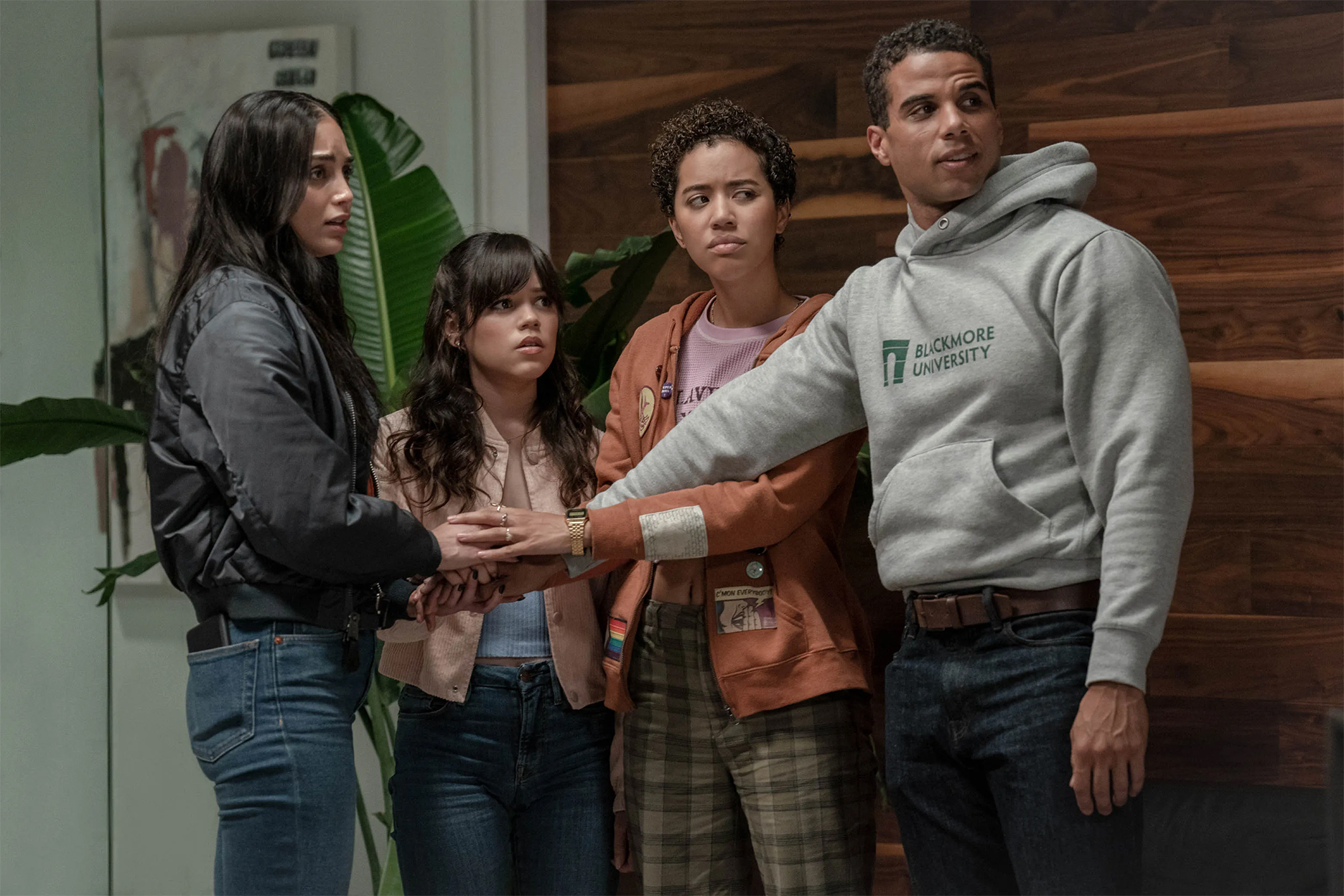
However, even beyond the data, there’s a broader and unavoidable sense that franchises have consumed so much of the movie market. This year marked the first time that two sequels were nominated for Best Picture in the same year, with Top Gun: Maverick and Avatar: The Way of Water. To put this in perspective, only nine direct sequels have ever been nominated and only two have ever won. This gives a sense of how the industry has changed.
It’s also just apparent in the reality that nothing ever truly ends. Harrison Ford is reprising the role of Indiana Jones in Indiana Jones and the Dial of Destiny, despite the fact that he is 80 years old. Hugh Jackman got to give the character of Wolverine a powerful and emotional send-off at the end of Logan, a movie that he sold with a three-word promise: “One last time.” However, it appears that Jackman has been convinced to return for one last time, again. He’ll play Wolverine in Deadpool 3.
Of course, it’s easy to be melodramatic about such things. Bad sequels don’t retroactively tarnish great films. Logan will always remain one of the best superhero movies ever made, no matter what happens in Deadpool 3. Similarly, Raiders of the Lost Ark and Indiana Jones and the Last Crusade will remain as highpoints in Ford’s filmography, no matter what choices he makes later in his career. It’s not an issue with specific movies; it’s a reflection of the reality of the industry.
Still, there is some sense that audiences are growing wary of this pop culture treadmill, that it’s starting to feel more like homework than fun. The year’s first big comic book movie, Ant-Man and the Wasp: Quantumania, seems unlikely to cross $500M worldwide. With an estimated $200M budget and the rule of thumb that a blockbuster needs to gross two-and-a-half times its budget to enter profitability, Quantumania may not even break even — despite all the weight behind it.

Things were worse for Shazam! Fury of the Gods, which collapsed during its opening weekend. While it may be too early to declare a trend, there is something worrying in the fact that the first two big superhero movies of the year dramatically underperformed. While the real test will come with later movies like Blue Beetle and The Marvels, there is a sense that Marvel has recognized that the marketplace is shifting and has pushed out a number of releases. Superhero fatigue may have arrived.
However, the exhaustion might run a little deeper than just the superhero genre, and it might be bleeding into the films themselves. Both Scream VI and John Wick: Chapter 4 are franchise films about how tiring it is to be franchises movies. There is a sense watching both recent releases that franchise fatigue is the real villain, that the characters themselves are exhausted on the perpetual motion device that is modern franchise storytelling.
Scream VI opens with a couple of good-natured jokes at the expense of the larger franchise. Laura Crane (Samara Weaving), film professor at Blackmore University, receives a phone call from her date, Jason Carvey (Tony Revolori). On discovering that she specializes in horror cinema, he jokingly responds with one of the franchise’s signature catchphrases, “What’s your favorite scary movie?” Laura stifles a laugh and responds, “Not that one.” It’s a charming and self-deprecating joke.
Inevitably, Laura is murdered during the opening scene, lured into an alleyway and stabbed by the killer, who reveals himself to be Jason. This breaks the format of the franchise, where the killer’s identity is hidden from the audience until the last act. However, this is to set up a larger twist. Jason returns home from the murder. He discovers that his would-be accomplice is dead, stuffed in the fridge. Jason himself is brutally murdered by another serial killer.
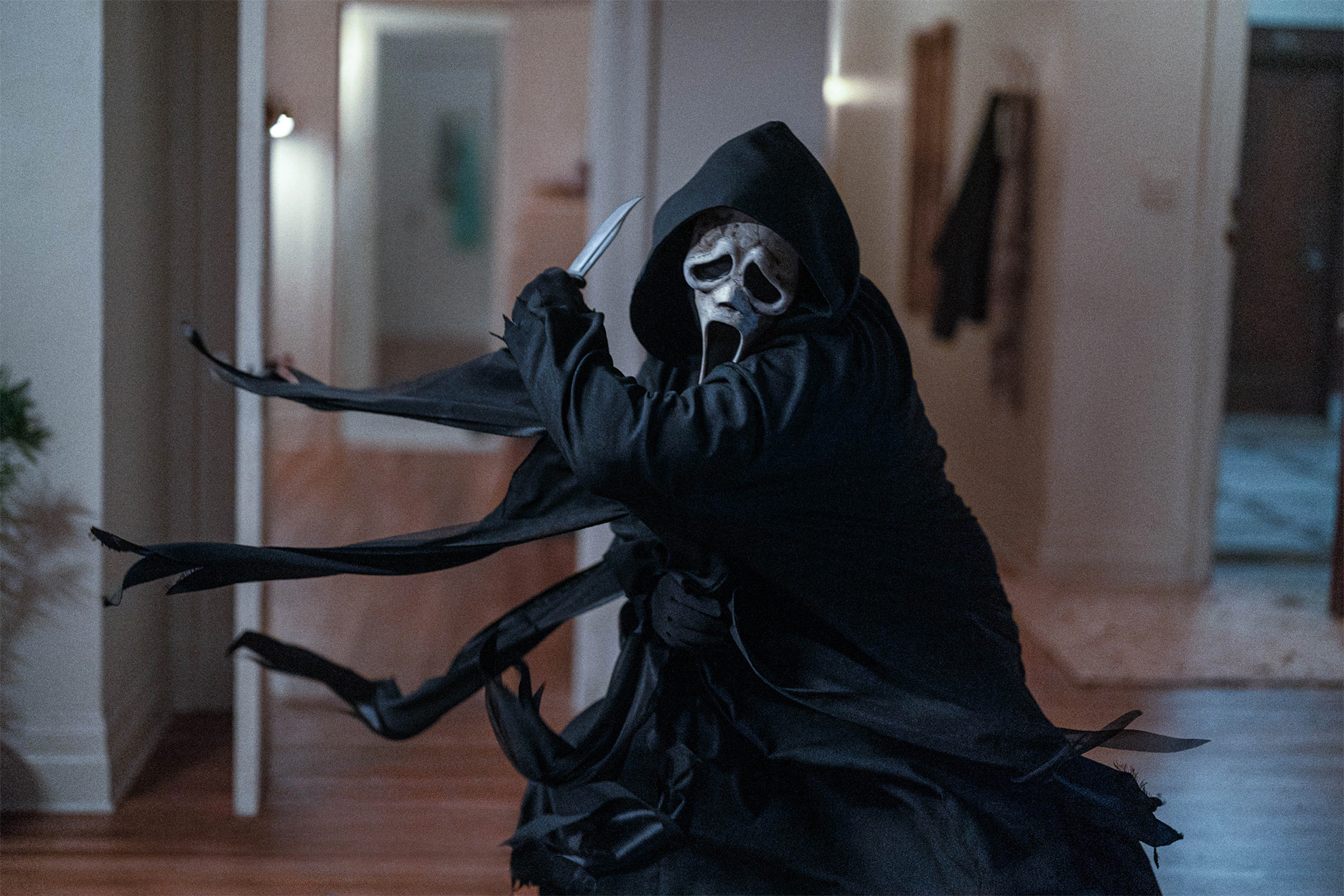
It’s a nice heightening of the franchise’s self-awareness, killing off two wannabe Ghostfaces in the film’s teaser. As the killer stands over Jason, Jason complains that this isn’t how these movies are supposed to work. “Who gives a fuck about the movies?!” responds the killer (Roger L. Jackson) before landing the fatal blow. Indeed, the movie that follows largely eschews the knowing irony that defined the larger franchise, instead opting for a straight-down-the-middle slasher movie.
There’s a sense of exhaustion at the dynamics that willed Scream VI into existence. “You know you’re like the tenth guy to try this?” laments Gale Weathers (Courteney Cox) during her phone call with the killer. The movie’s post-credits stinger finds Mindy Meeks-Martin (Jasmin Savoy Brown) breaking the fourth wall to complain about post-credits stingers. Of course, the previous movie made so much money that Scream VI had to happen, and Scream VI made enough money that Scream 7 will happen.
Whereas the villain of the previous movie, Ritchie (Jack Quaid), was an obsessive fan, the villain of Scream VI is Ritchie’s father Wayne (Dermot Mulroney), who admits to not liking horror movies. The climax unfolds in an abandoned theater converted into a museum dedicated to the franchise, with glass cases containing all manner of paraphernalia. It’s hard not to think of New York’s old “movie palaces” like the Ziegfeld, which have closed as multiplexes thrive on this franchise fare.
John Wick: Chapter 4 seems built around a similar anxiety. It’s a movie fixated on the inevitability of an ending. John Wick: Chapter 3 – Parabellum felt like the franchise spinning its wheels, setting up a status quo that would allow the series to run forever. Parabellum notably begins and ends in the same place: The eponymous assassin (Reeves) has violated the rules of the secret society in which he operates and has been declared a public enemy on the run without any support or safe harbor.
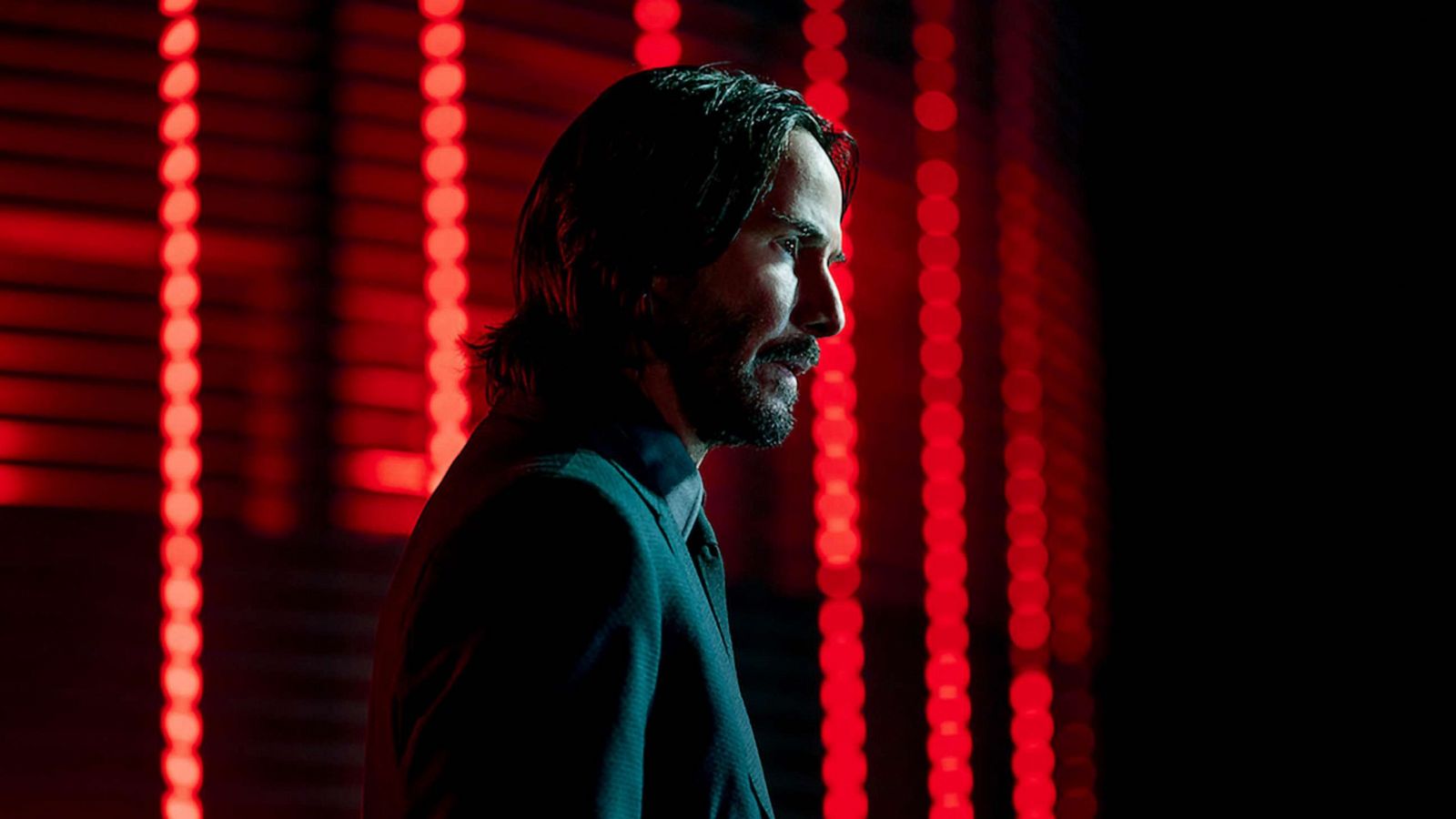
From the outset, Chapter 4 understands that this is not sustainable. At a certain point, returns will start diminishing. Winston (Ian McShane) points out that Wick can continue to kill the armies of assassins that the High Table sends after him, but his luck will eventually run out. Throughout Chapter 4, characters like the Bowery King (Laurence Fishburne) and Shimazu Koji (Hiroyuki Sanada) ask Wick to imagine what the end of his quest might look like. Nobody can.
“C’mon, John,” laments his old friend Caine (Donnie Yen). “Let’s get this shit over with.” Towards the film’s climax, Wick finds himself having to climb the 222 stairs to the final duel at Montmartre at sunrise. Wick stumbles up the stairs but is repeatedly knocked back down again. It’s Sisyphean, suggestive of the idea that Wick might never actually reach a satisfying resolution. He’ll always find himself at the bottom of the steps, only to have to climb them all over again.
It’s not a particularly subtle metaphor for the modern movie franchise, where nothing is ever allowed to end and characters are constantly reset back to the start of their journey in order to justify an infinite number of sequels. Appropriately enough, Caine ultimately makes the decision to help Wick up those stairs, to the pair’s final duel. Wick defeats his enemy, the Marquis Vincent de Gramont (Bill Skarsgård), but is fatally injured. He bleeds out, dying gracefully. His story ends.
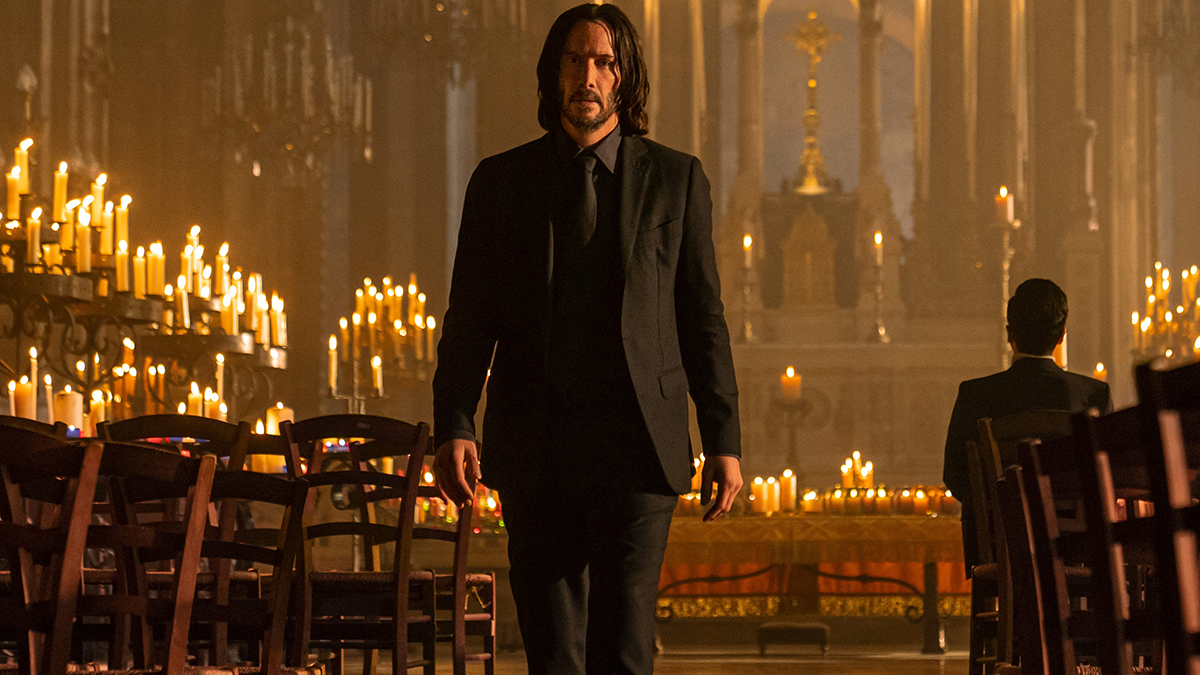
Of course, Reeves will reprise the role in Ballerina, an acknowledgement that even death cannot free a character from their obligations to the franchise machine. Still, there is something cathartic in watching a blockbuster that feels as frustrated with the never-ending churn of this storytelling engine and weaving that tension into the narrative itself. Like Christopher Nolan’s decision to end his Batman saga with The Dark Knight Rises, there’s a dignity in the finality of John Wick: Chapter 4.
In fairness, there have always been sequels that satirize or critique their own existence, from Tobe Hooper’s The Texas Chainsaw Massacre 2 to Ridley Scott’s Alien: Covenant. However, those movies weren’t huge successes on initial release; they tended to alienate both critics and audiences. Scream VI and John Wick: Chapter 4 have been much more successful, both critically and commercially, despite being even more overtly about how exhausting this model of filmmaking can be.
It’s no small irony that two of the year’s biggest franchise films to date are about the horror of franchises.

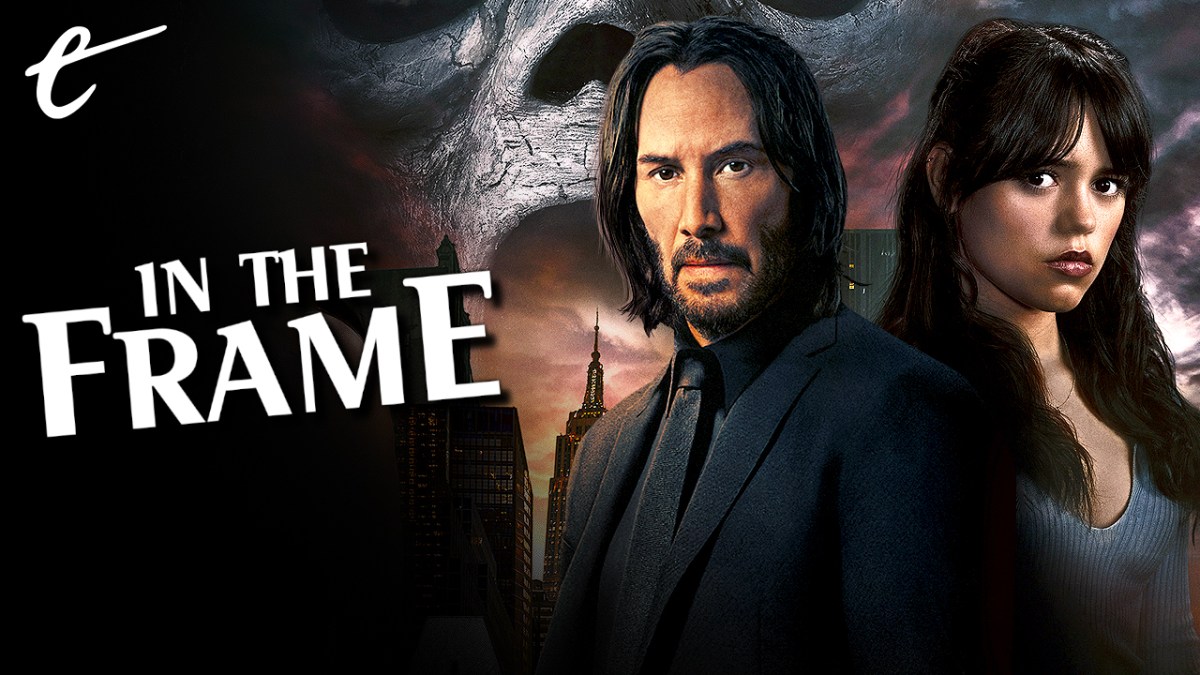




Published: Mar 27, 2023 11:00 am